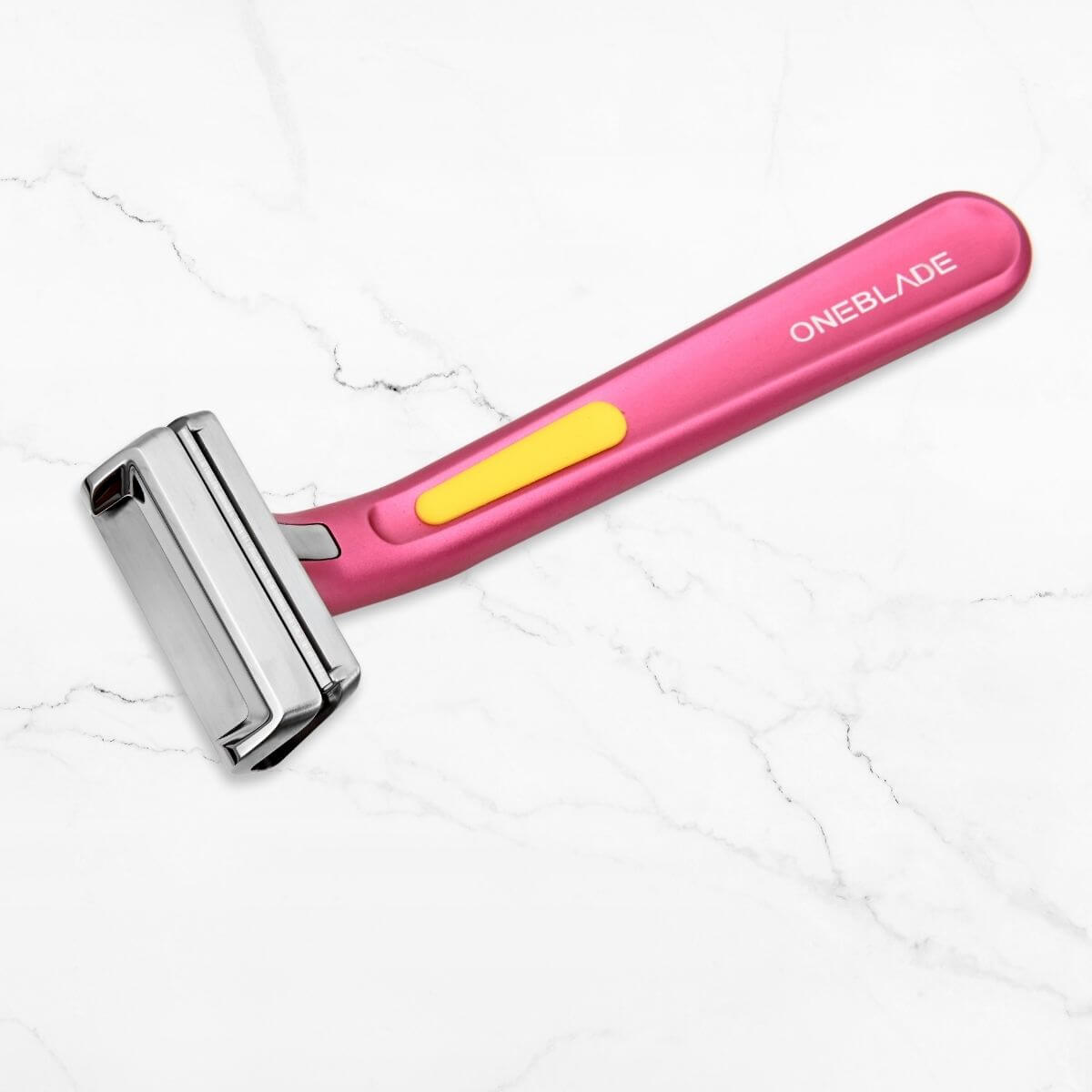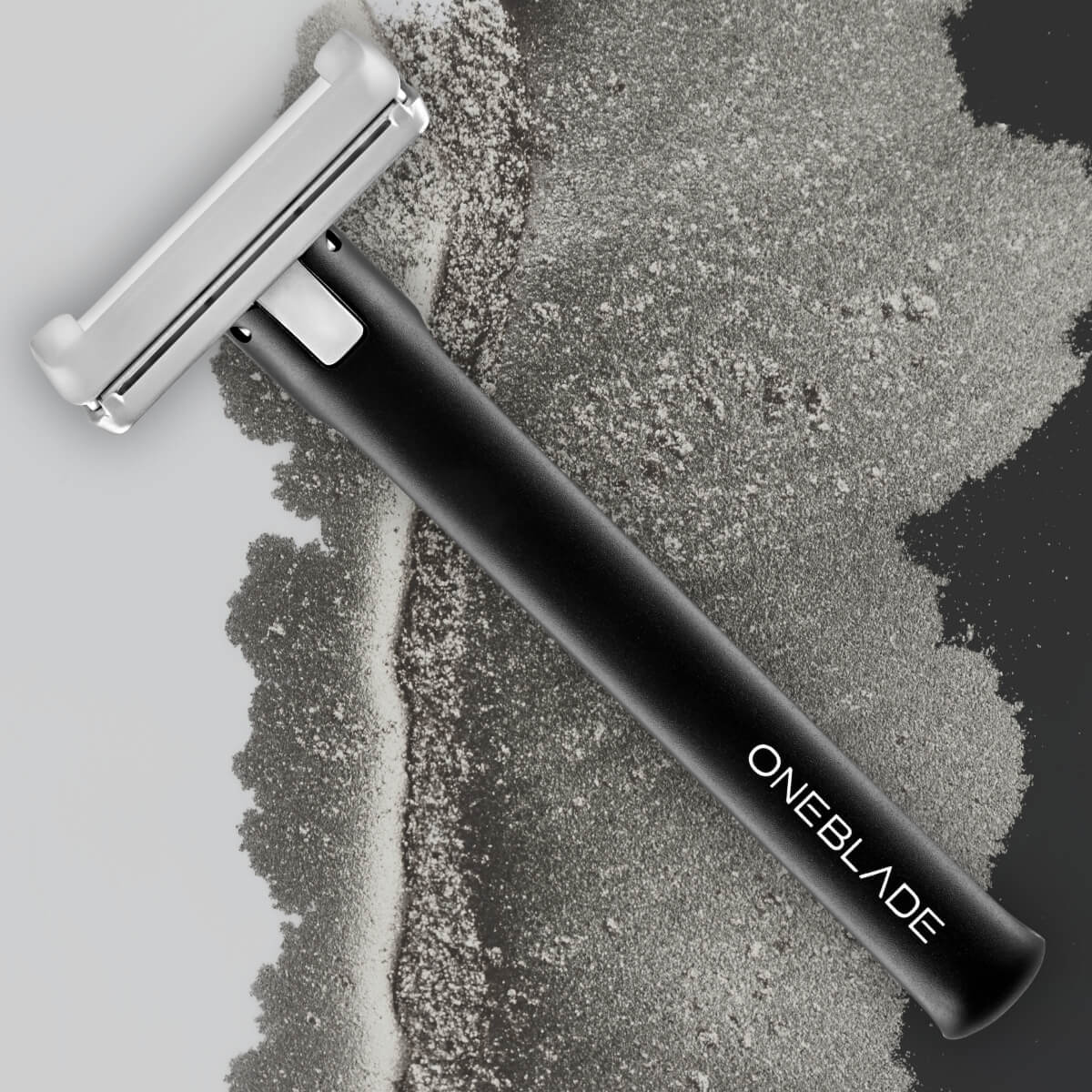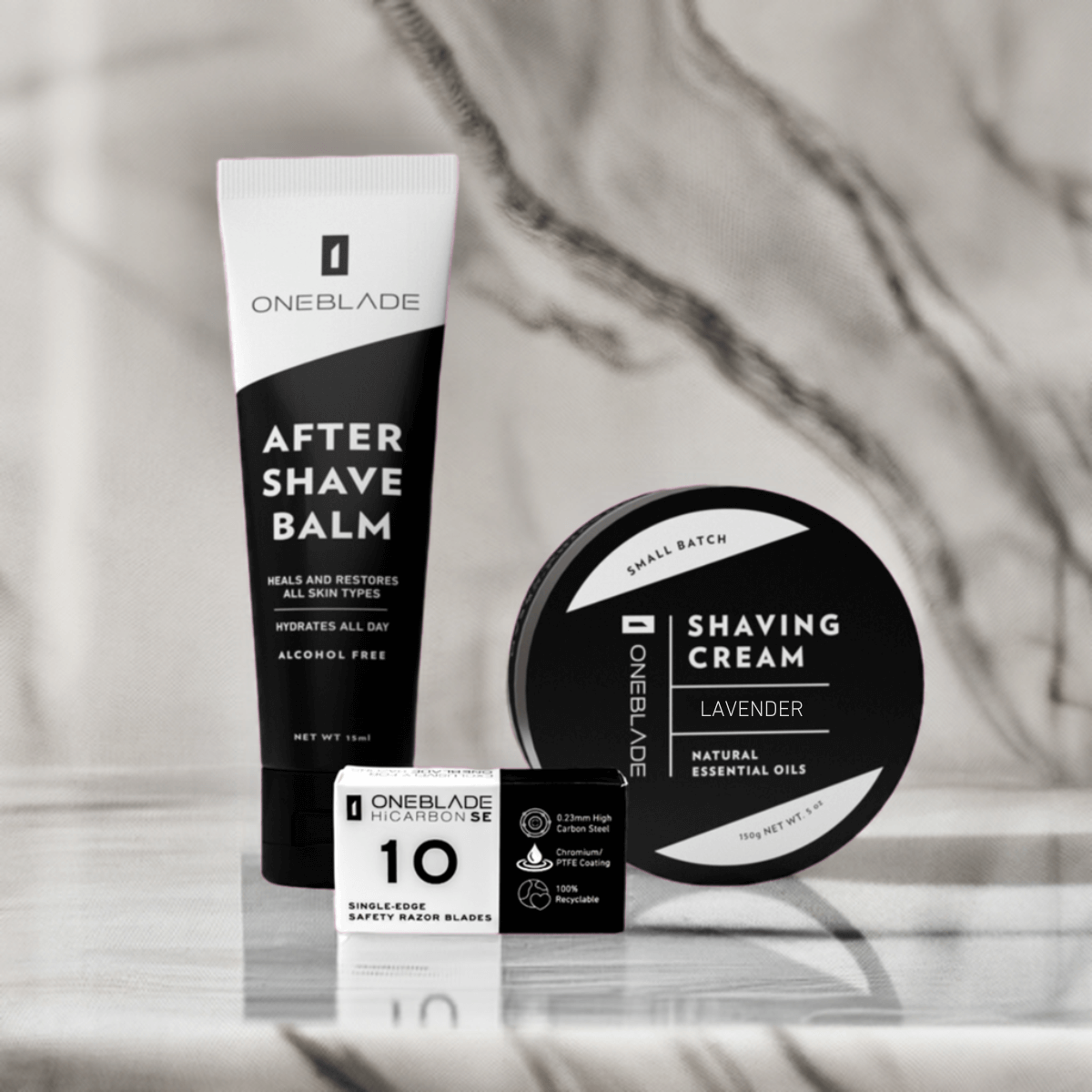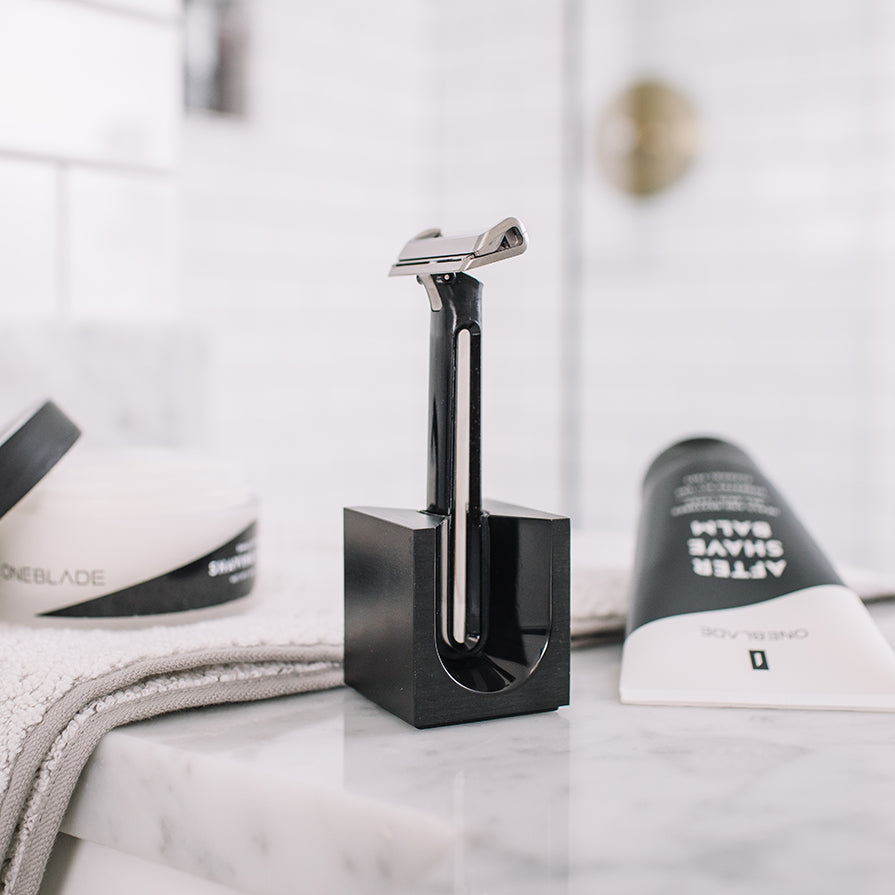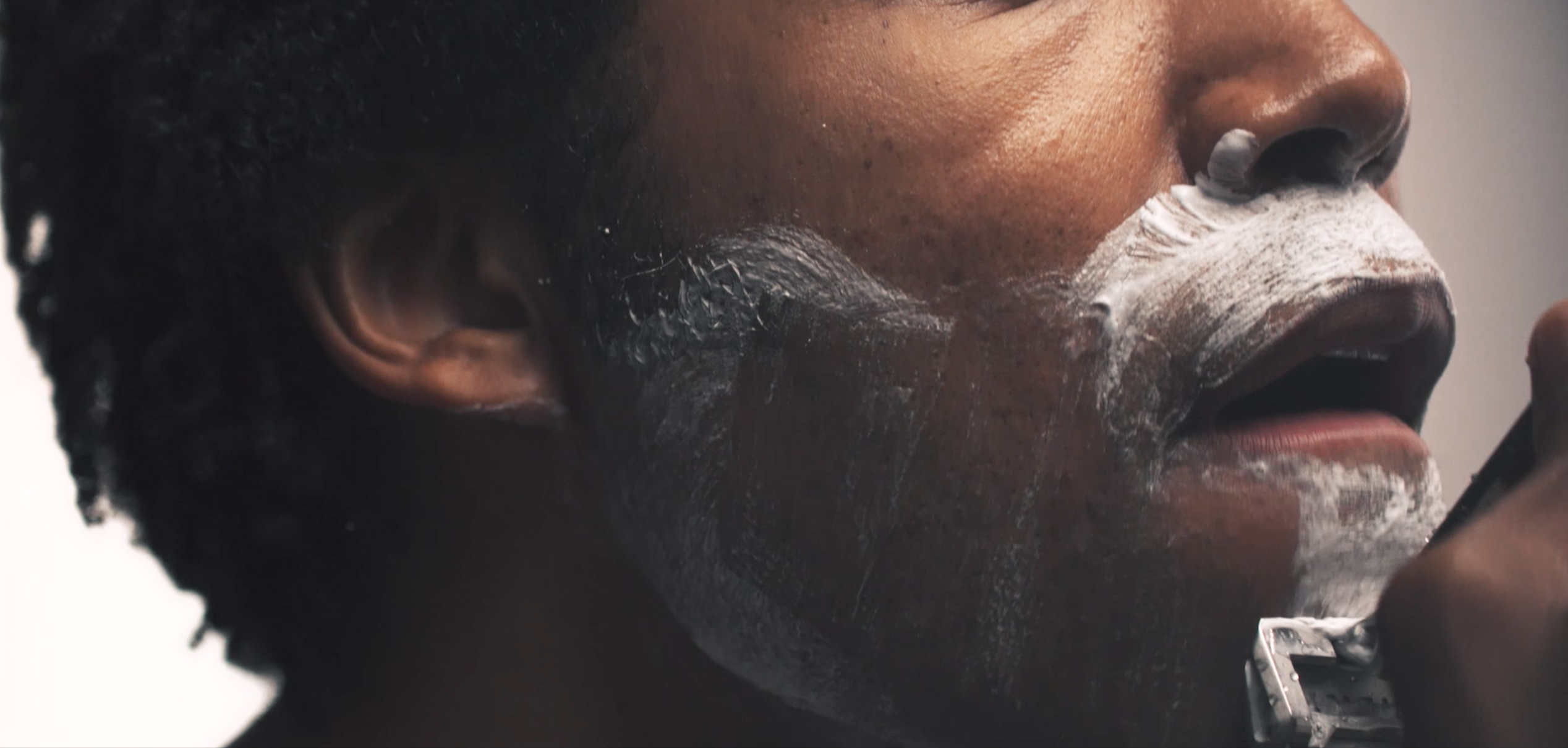Chances are, you’ve never heard of a multi-pass shave - most guys haven’t. Today we’re going to cover what exactly this technique means, why we think it’s critical for a great shaving experience, and how, with just a bit of practice (and not a lot of time), you can achieve that irritation-free, barbershop-quality shave.
Single Pass Shaving vs. Multi-Pass Shaving
A single pass shave routine is a more common approach that you’ll find with multi-blade cartridge razors — you lather your face one time with shaving cream, then perform one single “shaving pass” (the process of actually shaving away your hair), using as much pressure as necessary, and typically in one direction of hair growth. With a multi-blade cartridge, this excess pressure won’t always lead to a cut or a nick, though it can still lead to razor burn and/or ingrown hairs, since the multiple blades can actually cut hair below skin level (ouch).

A multi-pass shave routine, on the other hand, is an approach whereby you’re gradually reducing your hair using multiple, very controlled passes (typically two, three, or four), with very slight pressure and with re-lathering in between. And typically, you’re shaving in a combination of directions relative to your hair growth through these passes. With a single blade, that means you're cutting hair at skin level, not beneath it.
The benefits of a multi-pass shave routine include:
- You’ll achieve a closer shave without irritating the skin
- You’re much less likely to develop a nick or cut due to using too much pressure with a single blade.
- You’ll greatly reduce the chance of developing ingrown hairs
Factors to Consider with Multiple Passes
As mentioned previously, typically you’ll approach this style of shaving with two, three, or sometimes even four separate passes, but this comes down to a few factors:
- Hair length — If you have thicker and denser facial hair (e.g. a full beard), you’ll likely need to incorporate a minimum of three passes, if not four, in order to get a truly close shave (what we like to refer to as a “baby butt smooth” finish).
- Shaving technique — As you become more acclimated with your single blade razor, you may find that what once took you three passes, you can now accomplish in only two (we hear this a lot from our customers after a month or two of shaving).
- Blade condition — A brand new, perfectly sharp blade will remove hair far more efficiently than a used, dull blade. So, regular changing of your blade will not only give you a more comfortable shave, but it may also afford you to perform fewer passes.
Ultimately it takes a bit of practice to learn what makes most sense for YOUR face in terms of closeness and comfort, but a common place to start regardless of the above factors is “the standard three-pass shave”.
The Standard Three-Pass Shave
Widely practiced amongst shaving traditionalists and wet shaving aficionados is an approach to a multi-pass routine in the following manner:
- Pass 1 — Shave “with the grain” of hair (WTG)
As with all passes, you’re applying very, very minimal pressure here with your razor. Just think of it as removing the shaving cream without pushing down forcibly on your skin.
- Pass 2 — Shave “across the grain” of hair (XTG)
- Pass 3 — Shave “against the grain" of hair (ATG)
The idea with this approach is that by attacking your hair follicles at distinctly different angles, you’ll have the best chance of getting a perfectly smooth shave without risking irritation. And while you may think going “against the grain” of your hair when shaving is a big no-no, it’s actually very effective when using a sharp single edge blade in a later pass, after you have already reduced your beard length with WTG and/or XTG passes.
Here’s a visual illustration for an example standard three-pass shave routine...

Shave direction for pass #1 / WTG:

Shave direction for pass #2 / XTG:
Shave direction for pass #3 / ATG:
Variations of The Standard Three-Pass Shave
Now, the above WTG → XTG → ATG method works great, but you may find that you need a bit more time to acclimate with your razor before feeling comfortable shaving successfully against the grain (and in addition to razor technique, your skin may also need some time to adjust to this level of deep exfoliation). But don’t worry, you can still achieve an incredibly smooth shave with little-to-no skin irritation using the following alternative approaches, which we recommend with new customers:
“Double WTG” (Perfect for Beginners):
- Pass 1 — Shave “with the grain” (WTG)
- Pass 2 — Shave “with the grain” (WTG)
- Pass 3 — Shave “across the grain” (XTG)
“Double XTG”:
- Pass 1 — Shave “with the grain” (WTG)
- Pass 2 — Shave “across the grain” (XTG)
- Pass 3 — Shave “across the grain” (XTG) — opposite direction
Just always make sure that you are reapplying shaving cream between each pass and never shaving over an area of bare skin, as you’re very likely to develop skin irritation (e.g. razor burn) this way. And again, never apply too much pressure... simply let the weight of the razor do the work for you!
Tip: Be perfectly comfortable with not removing all of your hair in your first pass — think of it as a "pre" pass before you really start to get close to skin level with pass #2.
A Quick Note About Shave Time
When you’re starting your journey with a single blade razor and following a multi-pass approach as described above, you’ll want to set enough time aside for yourself to feel comfortable and not rushed — typically for new users, it’s best to prepare for at least 15-20 minutes worth of preparation and shaving.
Over time, however, as you become acclimated to proper technique, you’ll find that you can get perfect multiple passes in as little as 5 minutes. So while the multi-pass approach may seem overwhelming (or like overkill), just note that you’re doing yourself a favor in terms of a closer shave with healthier skin… and that you’ll be able to dramatically cut down your “time it takes to shave” pretty soon with practice.
Again, there is no right or wrong way to approach your individual passes as it ultimately comes down to what works best for your own face. If you’re new to wet shaving, try a combination of approaches to see what gets you the closest and most comfortable shave.
Hopefully we have answered any questions you may have about multi-pass shaving, but please don’t hesitate to comment below or email us at hello@onebladeshave.com if there’s anything that we didn’t cover. And stay tuned for future related blog posts where we’ll cover topics like mapping your grain, troubleshooting irritation, and more.

